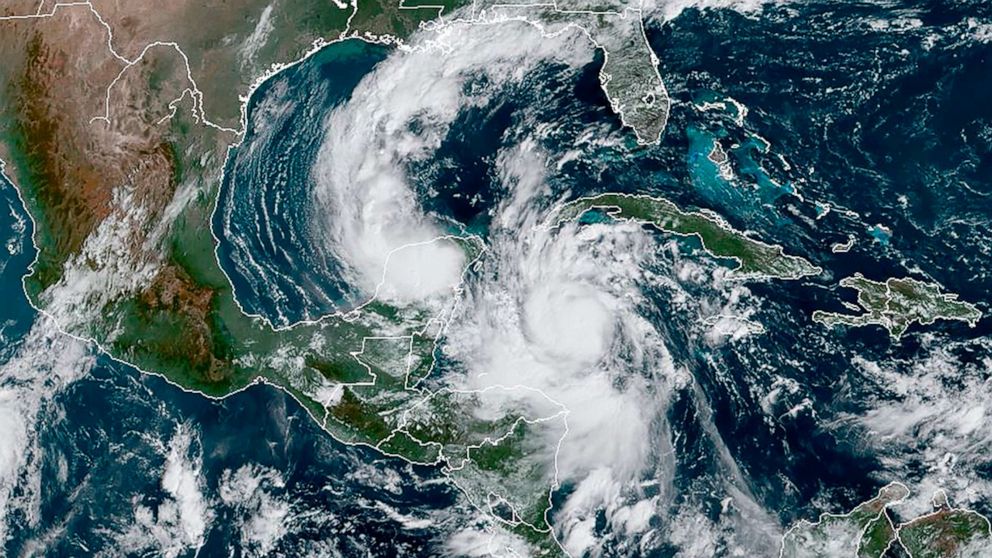

Continued organization occurred, and it is estimated a tropical depression formed by 06:00 UTC on September 5, with intensification to tropical storm status occurring six hours later as such, it was named Jose. Early on September 4, a surface low formed within the wave while located around 615 mi (990 km) west-southwest of the Cape Verde islands. However, environmental conditions favored gradual development, which prompted the National Hurricane Center (NHC) to start tracking the system. The wave passed south of Cape Verde on September 2, with a large area of disorganized thunderstorms. On August 31, a westward-moving tropical wave exited the west coast of Africa. A woman died after she was caught in a rip current in Asbury Park.Įxtratropical cyclone, remnant low, tropical disturbance, or monsoon depression Later on, Jose brought heavy rain, swells, and rough surf to the East Coast of the United States, causing beach erosion and some flooding. Nonetheless, Jose still brought tropical storm-force winds to those islands. Eventually, as Jose changed its path, its inner core and thus the strongest winds stayed offshore. Initially projected to impact the Antilles already affected by Hurricane Irma, Jose triggered evacuations in catastrophically damaged Barbuda, as well as in Saint Martin. By September 26, Jose's remnants dissipated off the East Coast of the United States. Two days later, Jose degenerated into a post-tropical cyclone as it drifted northeastwards off the coast of New England. Never strengthening above Category 1 status for the remainder of its lifespan, Jose degraded to a tropical storm once again on September 20. Despite weakening to a tropical storm on September 14, Jose managed to regain hurricane intensity the next day as it began to curve northwards. However, due to wind shear, Jose weakened over the next few days as it completed an anti-cyclonic loop north of Hispaniola. On September 8, it reached its peak intensity as a high-end Category 4 hurricane with 1-minute sustained winds of 155 mph. A period of rapid intensification ensued on September 6, when Jose reached hurricane intensity. Jose developed into a tropical storm on September 5 from a tropical wave that left the west coast of Africa nearly a week prior. Jose was the tenth named storm, fifth hurricane, and third major hurricane of the 2017 Atlantic hurricane season. Hurricane Jose was a powerful and erratic tropical cyclone which was the longest-lived Atlantic hurricane since Hurricane Nadine in 2012. Part of the 2017 Atlantic hurricane season Leeward Islands, Bahamas, Bermuda, United States East Coast, Nova Scotia Hurricane Jose at peak intensity nearing the Leeward Islands on September 8


 0 kommentar(er)
0 kommentar(er)
